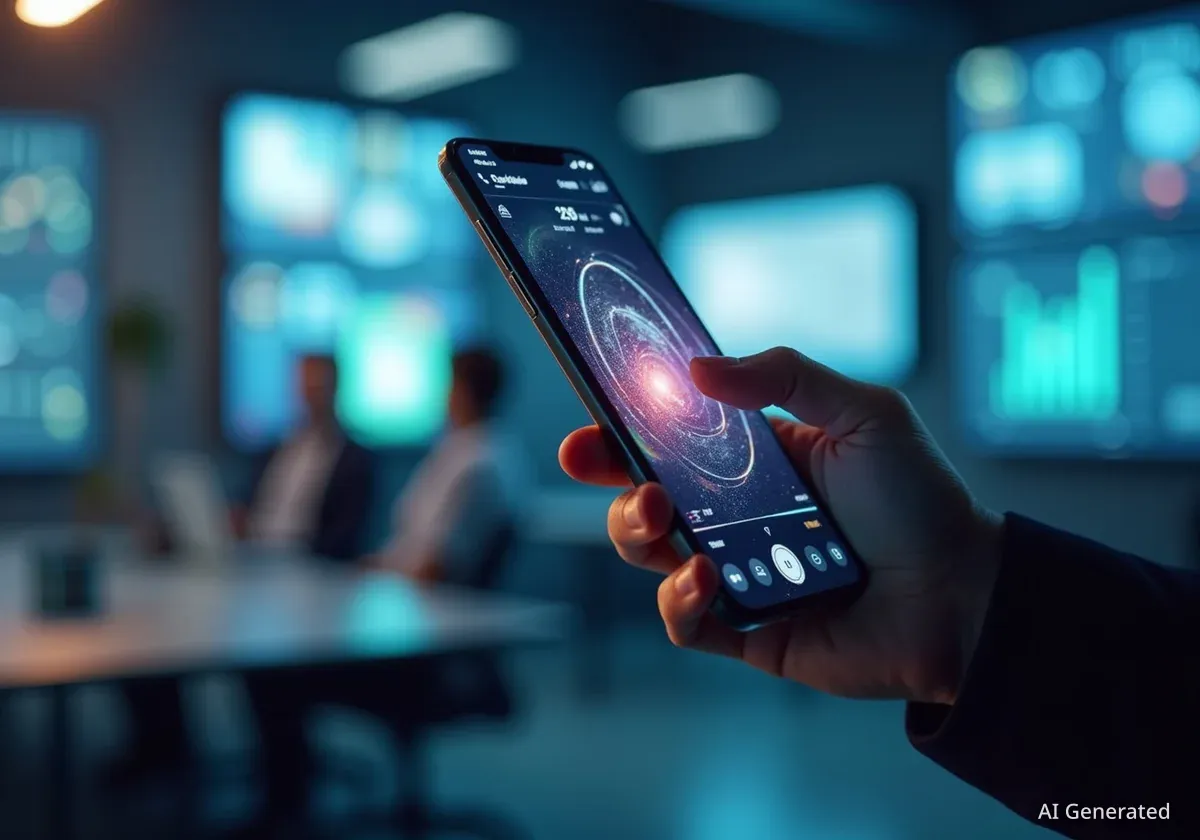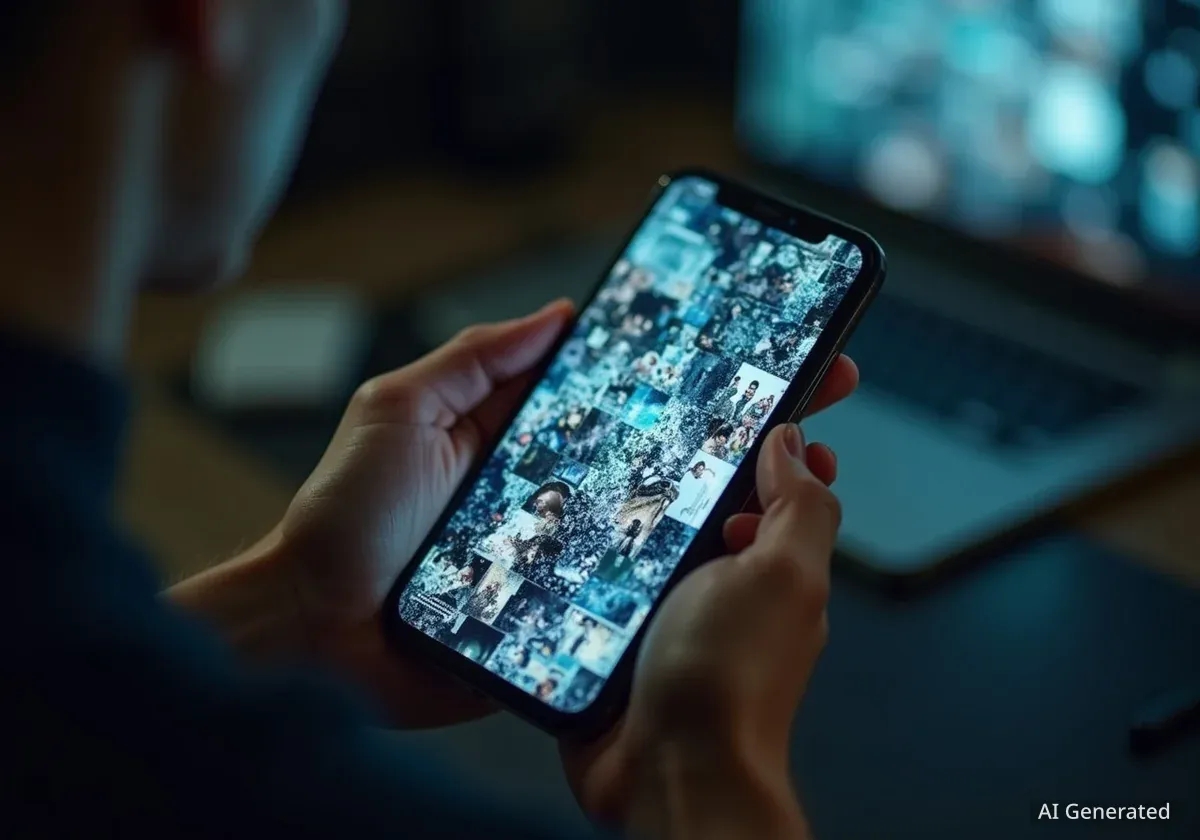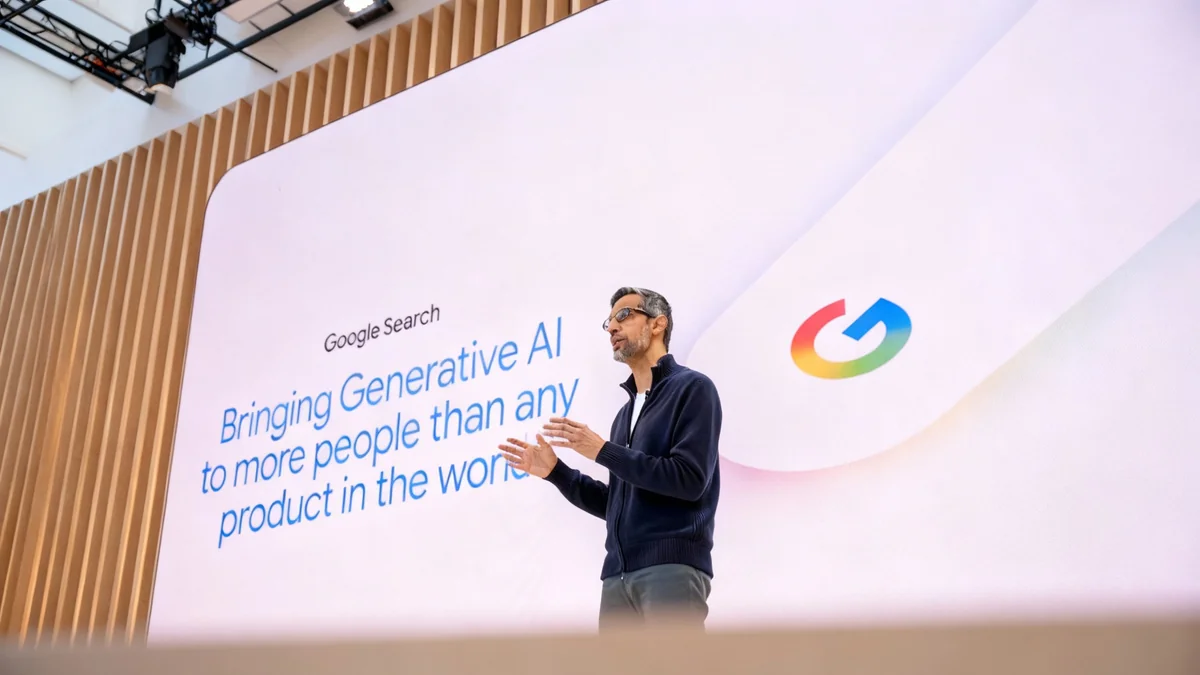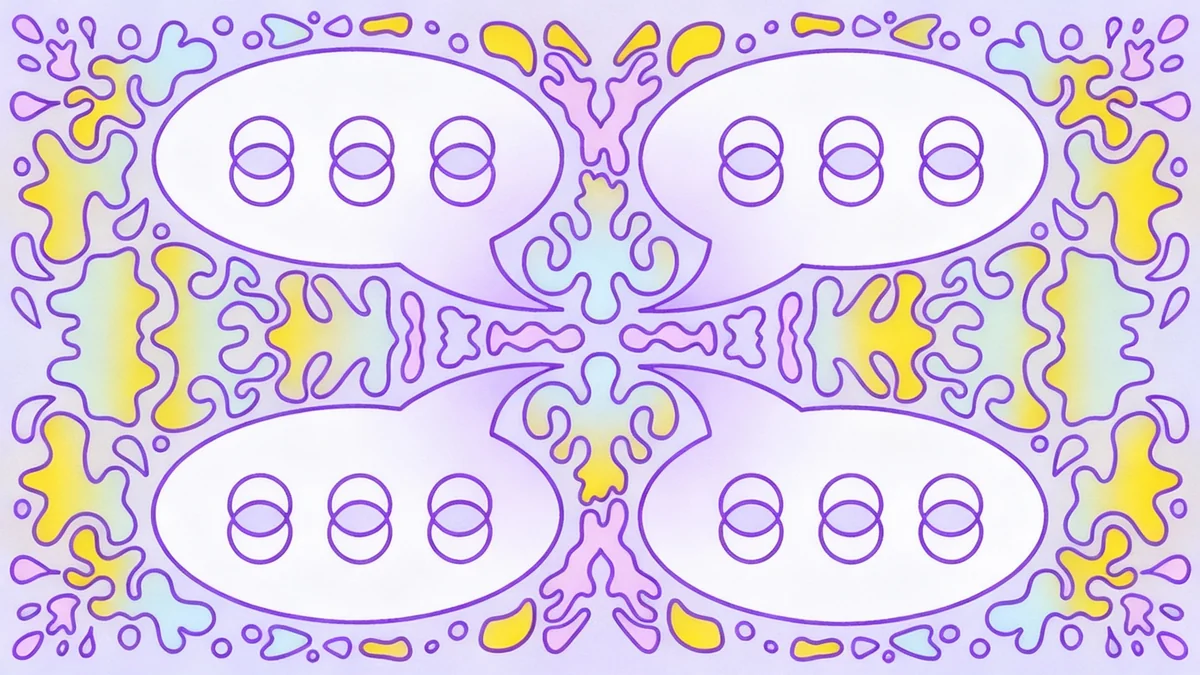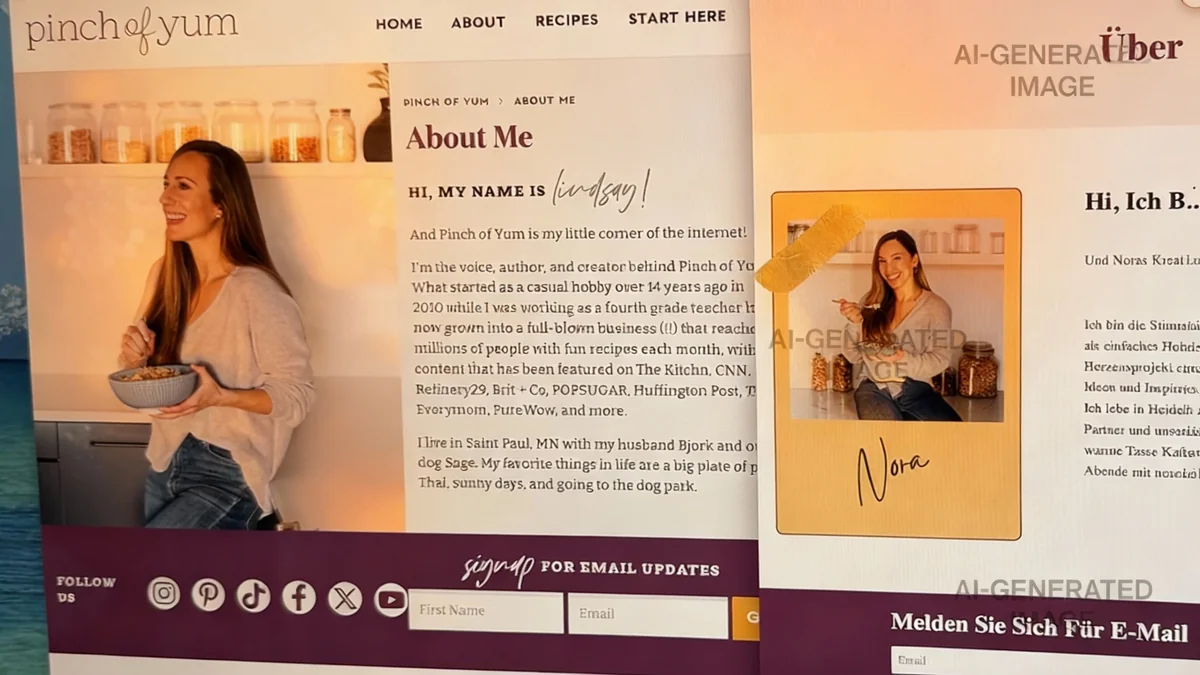OpenAI has officially announced Sora 2, the next version of its powerful text-to-video artificial intelligence model. Alongside the technology update, the company also revealed plans for a new social media application designed for creating and sharing AI-generated video content, positioning it as a potential competitor to established platforms like TikTok.
Key Takeaways
- OpenAI has introduced Sora 2, an upgraded version of its AI model that generates video from text prompts.
- A new, invite-only social media app will allow users to create and share videos made with Sora technology.
- The app features a vertical, swipe-based feed similar to TikTok but aims to prioritize creative content over maximizing user screen time.
- Significant safety measures are being implemented, including identity safeguards and special protections for teenage users.
- Initial access will be limited to users on iOS in the United States and Canada.
OpenAI Expands Into Social Media with Sora 2
OpenAI, the research and deployment company behind models like ChatGPT and DALL-E, has unveiled its latest advancement in artificial intelligence. The new model, named Sora 2, builds upon the capabilities of its predecessor, which was first introduced last year. This updated version is designed to generate more complex and realistic video sequences based on simple text commands.
More significantly, the company is not just releasing a tool but an entire ecosystem around it. The announcement included a preview of a new social media application, also called Sora. This platform will serve as the primary interface for users to create, edit, and share their AI-generated videos, marking OpenAI's first major entry into the consumer social media space.
Background on Sora Technology
The original Sora model, launched in 2024, demonstrated the ability to create short video clips from text descriptions. The technology works by interpreting natural language prompts and generating corresponding visual scenes, motion, and characters. Sora 2 represents an evolution of this, promising greater accuracy in rendering complex actions and maintaining object consistency over time.
Advanced AI Video Generation
The core function of the new Sora app allows users to film themselves with audio and then use text prompts to place themselves into nearly any imaginable scenario. This process effectively allows individuals to create their own sophisticated, AI-generated videos, often referred to as deepfakes, with relative ease.
To showcase the model's improvements, OpenAI released several demonstration videos. One example featured a person ice skating and performing a difficult triple axel, all while balancing a cat on their head. Another demonstration showed a highly realistic video of a man executing a backflip on a paddleboard, complete with accurate water splashes and environmental interactions.
In a company blog post, OpenAI addressed the limitations of previous models.
“Prior video models are overoptimistic—they will morph objects and deform reality to successfully execute upon a text prompt,” the company stated.The post explained that Sora 2 is engineered to be better at generating complex physical movements and maintaining a more consistent reality within the generated video.
A New Platform for AI-Generated Content
The Sora application is designed to function as a dedicated social platform for the AI video content it helps create. Users will be able to browse a feed of videos, edit their own creations, and feature friends who are also on the app within their generated clips.
Interface and Content Curation
The app's user interface will be familiar to anyone who has used modern social media. It employs a vertical video feed with a swipe-to-scroll navigation system, a design popularized by TikTok. However, OpenAI has stated that its content discovery algorithm will differ from existing platforms.
The company claims its goal is to prioritize the discovery of videos that may inspire creativity rather than focusing on algorithms designed to maximize the time users spend scrolling. “We are giving users the tools and optionality to be in control of what they see on the feed,” OpenAI said.
Natural Language Algorithms
OpenAI is leveraging its existing large language models (LLMs) to power the app's recommendation engine. The company explained, “Using OpenAI's existing large language models, we have developed a new class of recommender algorithms that can be instructed through natural language.” This suggests a more transparent and potentially user-configurable content feed.
Emphasis on Safety and User Protection
With the potential for misuse of realistic AI-generated video, OpenAI has stressed that it is implementing strong safeguards. The company stated that there are robust protections and identity safeguard measures in place to prevent a person's identity from being used in AI videos without their consent.
Protections for Younger Users
OpenAI specifically highlighted its focus on protecting teenage users on the new platform. The company described several measures being implemented for this demographic:
- Daily Limits: By default, teenage users will have a limit on the number of AI-generated videos they can see in their feeds each day.
- Cameo Permissions: There will be “stricter permissions on cameos for this group,” suggesting tighter controls over how a teen's likeness can be used by others on the app.
- Human Moderation: OpenAI is adding human moderators to its content review process to “quickly review cases of bullying if they arise.”
These measures indicate an attempt to proactively address common safety concerns that have plagued other social media platforms, particularly regarding the well-being of younger audiences and the potential for digital harassment.
Limited Initial Availability
The Sora application will not be immediately available to the general public. OpenAI is launching the platform on an invite-only basis. This controlled rollout strategy allows the company to gather feedback and refine the system before a wider release.
The initial launch will be restricted to two countries. According to the announcement, the app will first become available on iOS devices in the United States and Canada. The company has not yet provided a timeline for an Android version or expansion into other international markets. This phased approach is common for new social platforms, as it helps manage server load and allows for iterative improvements based on early user behavior.
